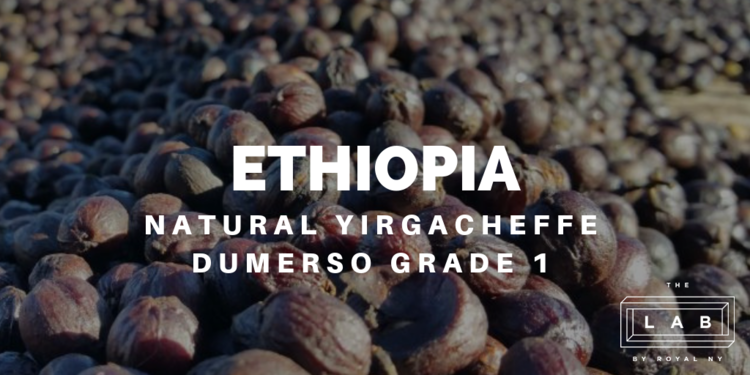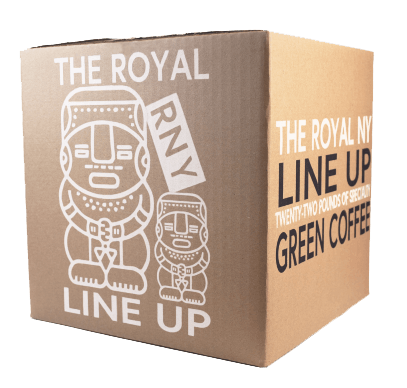No products in the cart.
Coffee
Coffee Analysis: Ethiopia Natural Yirgacheffe Dumerso Gr. 1

This lot comes to us from family-owned farms around the Dumerso washing station, which is located in Dumerso, Ethiopia. The town isnât far from Yirga Chefe, and is part of the Gedeo Zone of southern Ethiopia. Surafel Birhanu and his family own the Dumerso mill, where they process the coffee of more than 750 smallholder coffee farmers. During the busy harvest season, Surafel employs an additional 400 people to help manage the influx of coffee. Delivered coffee cherries are sorted and dried on raised beds in thin layers and are turned constantly to prevent unexpected over fermentation. Coffee is then de-hulled and sent to Addis Ababa for final milling and preparation for export.

The physical specs of this green coffee match what you’d expect from a higher-end Ethiopian delivery. Density is above average at 0.67 g/mL, and water activity is right around normal. Moisture content is a little on the higher side, but not out of the realm of the ordinary. Screen size is on the smaller side, with more than 80% falling between screen sizes 14 and 16.
This is a natural-processed coffee, meaning the bean is dried in its own cherry after harvesting. After drying, the bean is pulped and hulled, removing the pulp and parchment and leaving you with the final green coffee. This particular lot is a lighter green color; a trait common to natural-processed coffees from the region. Processing like this tends to lead to a more fruit-forward cup, so keep that in mind as you develop your roast profile.


As mentioned previously, there are a few things to keep in mind for this roast profile. Since the moisture content is a little on the higher side, we’ll want to drag out the drying time a little bit, but will also need to start with a higher drum temperature to compensate for the slightly higher density. From there, we’ll keep the browning phase a little on the long side to caramelize the sugars present in the coffee and give it a reasonable development time after first crack to see how much fruit we can pull out without losing any of the acidity.
The Lab recently partnered with Stronghold Technologies, a roaster manufacturer out of Seoul, South Korea. We’ll be using their Stronghold S7 Pro for this coffee analysis; keep an eye on this blog for further profiles and notes as we continue to use this new roaster. Stronghold Technologies will be roasting this coffee at their booth at the New York City Coffee Festival on October 12th-October 14th. Be sure to check it out!
Our profile notes are below. Note the difference in charge weight and the temperatures each roast achieved in their respective roaster. This is definitely something we’re going to look into more as we continue to experiment with the Stronghold and the IKAWA.


We were excited to brew this coffee since our arrival sample notes were excellent. The original roasted sample from our Probat machines gave us a floral cup with notes of raspberry and blueberry, and we wanted to see how these roasts stacked up to that original sample.

The Stronghold sample came out bright, tart, and a sweet, with a higher acidity than our original sample roast. While not unpleasant, it definitely brought a different profile to the cup, with notes of chocolate, cherry, strawberry, and a tart orange note.
The IKAWA sample was a little sweeter, with a creamy body and notes of cocoa, strawberry, and blueberry.

The coffee used for this analysis is reference number 40322 in New Jersey. This is a limited-availability lot, so be sure to get some while you can!
Stronghold Technology will be roasting this coffee at their booth this weekend at the New York City Coffee Festival. Stop by their booth for a roasted sample and some more information!



